News
Malnutrition to rise due to increased poverty and high food prices
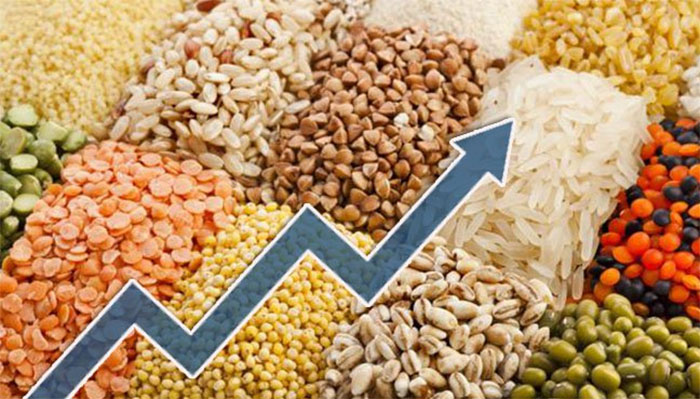
Malnutrition will rise in the face of increased poverty and high food prices, the Sri Lanka Medical Nutrition Association, Nutrition Society of Sri Lanka, Dieticians’ Association and the Scaling Up Nutrition (SUN) People’s Forum say.
Therefore, they urge the authorities to stabilise the gains achieved in nutrition status of the vulnerable in Sri Lanka, especially of children less than 5 years of age.
The associations say that there are three measurements of malnutrition that the world uses to compare the nutrition status of a country and the various regions. These measurements are assessed among children less than 5 years as all children grow in the same pattern and speed (trend) at this age as genetic differences do not come into play. Children under 5 therefore are considered as the sentinel or observation group of the whole of the population nutrition status. Any change in the diet is quickly reflected among children especially of this age. The measurements are weight-for-age, weight-for-height (thinness – wasting) and height-for-age (shortness – stunting)
Sri Lanka is currently the country with the least stunted children under 5 years in the South Asian Region with a prevalence of 11.5% (Stunting denotes low height for age as a result of chronic malnutrition). This situation was seen just before the current economic crisis.
Many of the South Asian countries have a stunting prevalence of over 30%. It is important to compare the prevalence of nutrition status among countries, at the same time, in order to have a level playing field.
Over the past 30 years,stunting or shortness, also known as chronic or long term malnutrition measured as height-for-age has continued to reduce, thus seeing a marked improvement among children in this age group. This improvement is due to the fact that the other form of childhood malnutrition, which is wasting or thinness, also known as acute or short term malnutrition which is measured by weight-for-height, has been arrested, before it converts into stunting or loss of height.
This positive trend in reducing chronic malnutrition can be attributed to the following:
1) Successive governments, whatever their ills, have been committed to supporting public health programs that have arrested wasting at the right time before it converts to stunting
2) The status of food and nutrition security not being compromised to an extent that is detrimental to nutrition status of the most vulnerable such as under 5s. This positive situation has been brought about by supplementary and therapeutic feeding for children under 5, micronutrient supplementation for pregnant and lactating mothers and children of this age group and beyond, growth monitoring and promotion meticulously done, food assistance programs and agricultural assistance to farmers to name a few of the interventions.
However, it is expected that malnutrition will rise in the face of increased poverty and high food prices brought about by the current crisis. Currently the levels of poverty have risen bringing it to 14% from a previous value of 6.7%. (Humanitarian Needs and Priorities Plan – UN Joint Assessment Sri Lanka, June to Sept 2022).This amounts to 700,000 families out of approximately 4.9 million, which are “nutritionally at risk”.
There should be a systematic program of intervention especially targeting these households and their vulnerable family members without piecemeal approaches on the part of the state and non-state actors.
The Sri Lanka Medical Nutrition Association, the Nutrition Society of Sri Lanka, the Dieticians Association and the Scaling Up Nutrition (SUN) People’s Forum strongly urges all entities working on food and nutrition in Sri Lanka to act fast and in a coordinated approach to arrest the deterioration of these families.
Development organizations and the media are strongly urged to use accurate data and provide a balanced picture, when giving media exposure to the malnutrition status of Sri Lankans especially children. It is important to cite accurate current figures obtained from reputed organizations when communicating with the media.
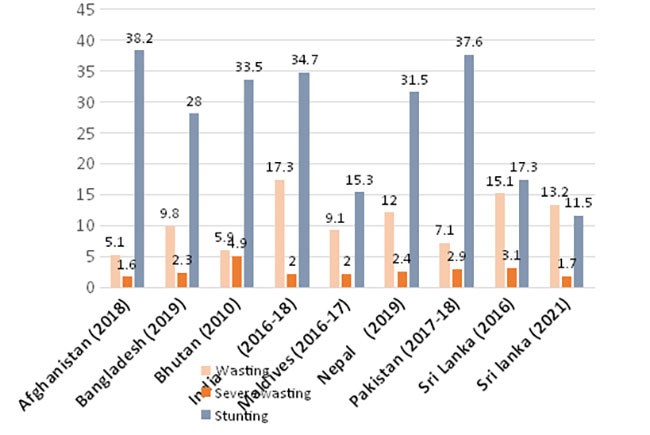
The following interventions are recommended by the above associations:
1. Immediate supply of therapeutic food to the ≈27,000 children under 5 years who are severely malnourished.
2. Support by way of supplementary feeding for the ≈207,000 moderately malnourished children under 5 years.
3. Accelerate the existing mechanism to early identification and correction of growth faltering of children under five years to prevent acute malnutrition.
3. Household food and agriculture support should be provided to families of children who have begun to falter in their growth in order to prevent them reducing into the pile of the undernourished. Supplementary food is also important for these children. These growth faltering children amount to approximately 500,000, as seen through regular growth monitoring reports. It is also important to identify these children on time, before they start on a downward curve.
4. Support the popularizing of healthy and creative menus which include mixed curries and dishes, one dish meals and healthy snacks which are less cost intensive and easy to prepare.
5. Open “Sahana Salas” or shops which sell cheaper food of good value which will be accessible to all income groups.
The above-mentioned associations all have as our objective good nutrition and health of our citizens and we are available to collaborate with partners who come forward.
News
Colombo Metropolitan Region, Eastern Development Plan and the Greater Hambantota Project discussed in detail
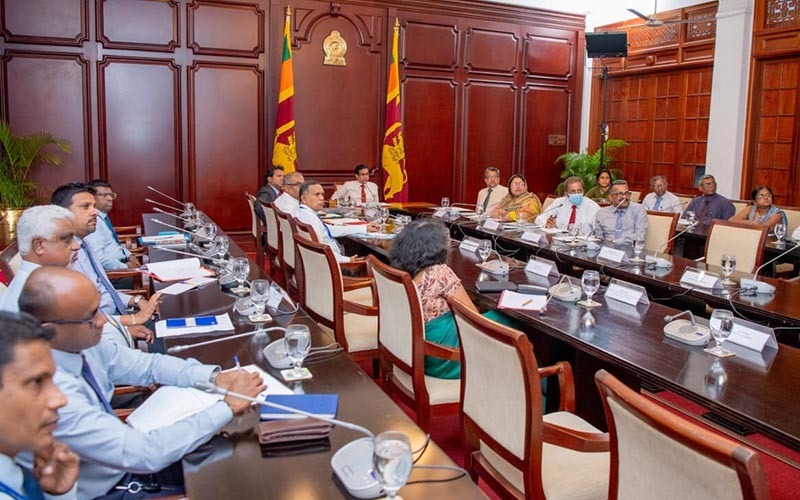
A meeting between Secretary to the President, Dr. Nandika Sanath Kumanayake and relevant ministry officials was held on Tuesday (08) at the Presidential Secretariat regarding the development plans to be implemented in Sri Lanka under three zones, in collaboration with the Surbana Jurong Institute of Singapore and 18 Ministries.
During the meeting it was discussed in detail regarding the plans for the Colombo Metropolitan Region, Eastern Development Plan and the Greater Hambantota Project. The officials from Singapore-based urban planning and infrastructure consultancy Surbana Jurong also joined the discussion virtually.
Progress reports on the three projects were reviewed in detail and Dr. Kumanayake instructed the officials to identify any deficiencies and finalize the necessary actions within the next two weeks.
The discussion also addressed delays in securing necessary approvals for investments under the existing regulatory framework, as well as the urgent need to revise certain legislative instruments to better facilitate national development.
The meeting was attended by Secretary to the Prime Minister G.P. Saputhanthri, Senior Additional Secretary to the President Russel Aponsu, Secretary to the Ministry of Urban Development, Construction and Housing U.G. Ranjith Ariyaratne, and several senior officials from the respective ministries.
News
Heat index at ‘Caution level’ in Northern, North-central, Eastern, North-western, Western provinces and Monaragala district today [09]
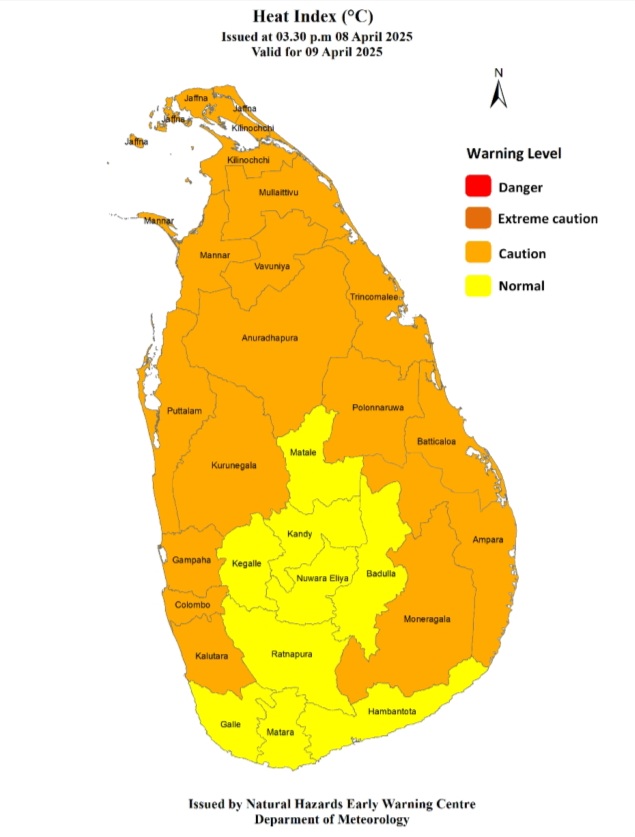
The Natural Hazards Early Warning Centre of the Department of Meteorology has issued a Warm Weather Advisory for 09 April 2025
The public are warned that the Heat index, the temperature felt on human body is likely to increase up to ‘Caution level’ at some places in Northern, North-central, Eastern, North-western, and Western provinces and in Monaragala district.
The Heat Index Forecast is calculated by using relative humidity and maximum temperature and this is the condition that is felt on your body. This is not the forecast of maximum temperature. It is generated by the Department of Meteorology for the next day period and prepared by using global numerical weather prediction model data.
Effect of the heat index on human body is mentioned below is prepared on the advice of the Ministry of Health and Indigenous Medical Services.
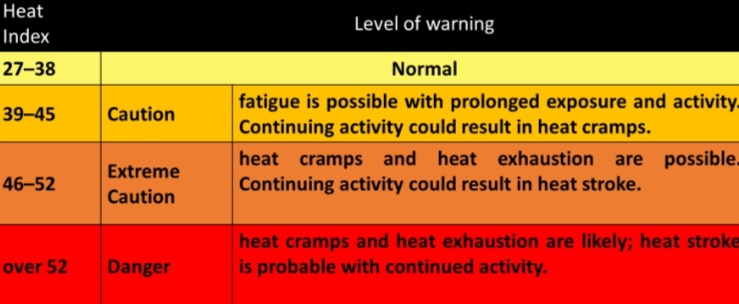
ACTION REQUIRED
Job sites: Stay hydrated and takes breaks in the shade as often as possible.
Indoors: Check up on the elderly and the sick.
Vehicles: Never leave children unattended.
Outdoors: Limit strenuous outdoor activities, find shade and stay hydrated. Dress: Wear lightweight and white or light-colored clothing.
Note:
In addition, please refer to advisories issued by the Disaster Preparedness & Response Division, Ministry of Health in this regard as well. For further clarifications please contact 011-7446491.
News
Sajith asks govt. to submit its MoUs with India to Parliament
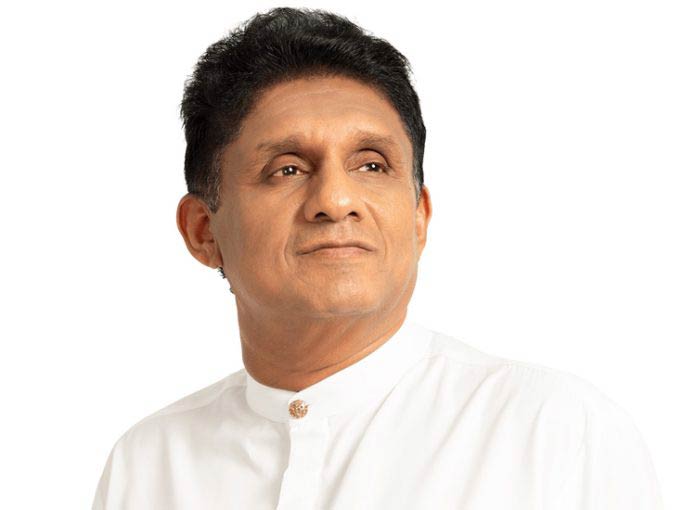
Prof. Jayasumana raises possibility of Lanka ending up with “Quad’
Opposition and SJB Leader Sajith Premadasa has said it is the responsibility of the NPP government to submit the MoUs/agreements that were recently signed with India to the respective Sectoral Oversight Committees (SOCs).
Premadasa said so when The Island raised the issue with him. He said that during his meeting with Premier Modi his focus had been on opening the Indian market for Sri Lankan garment exports.
The seven MoUs/agreements signed on 05 April included defence cooperation, energy, Eastern Province development and digitalisation.
Meanwhile, the Vice President of Sarvajana Balaya and former lawmaker Prof. Channa Jayasumana said that the government owed an explanation whether the recently signed MoU on defence cooperation directly or indirectly attached Sri Lanka to the Quad security alliance, consisting of the US, Australia, Japan and India.
 The former SLPPer raised the issue at a meeting held at Boralesgamuwa on Monday (07) in support of Sarvajana Balaya candidates contesting the May 6 LG polls.
The former SLPPer raised the issue at a meeting held at Boralesgamuwa on Monday (07) in support of Sarvajana Balaya candidates contesting the May 6 LG polls.
Prof. Jayasumana urged that the MoU on Defence Cooperation be placed before Parliament, and the people, without further delay. The academic who served as State Health Minister during President Gotabaya Rajapaksa’s tenure said that President Anura Kumara Dissanayake’s foreign policy direction should be dealt with.
By Shamindra Ferdinando
-

 Business3 days ago
Business3 days agoColombo Coffee wins coveted management awards
-

 Business5 days ago
Business5 days agoDaraz Sri Lanka ushers in the New Year with 4.4 Avurudu Wasi Pro Max – Sri Lanka’s biggest online Avurudu sale
-

 Features4 days ago
Features4 days agoStarlink in the Global South
-

 Business6 days ago
Business6 days agoStrengthening SDG integration into provincial planning and development process
-

 Business5 days ago
Business5 days agoNew SL Sovereign Bonds win foreign investor confidence
-

 Sports7 days ago
Sports7 days agoTo play or not to play is Richmond’s decision
-

 Features4 days ago
Features4 days agoModi’s Sri Lanka Sojourn
-

 Midweek Review14 hours ago
Midweek Review14 hours agoInequality is killing the Middle Class











